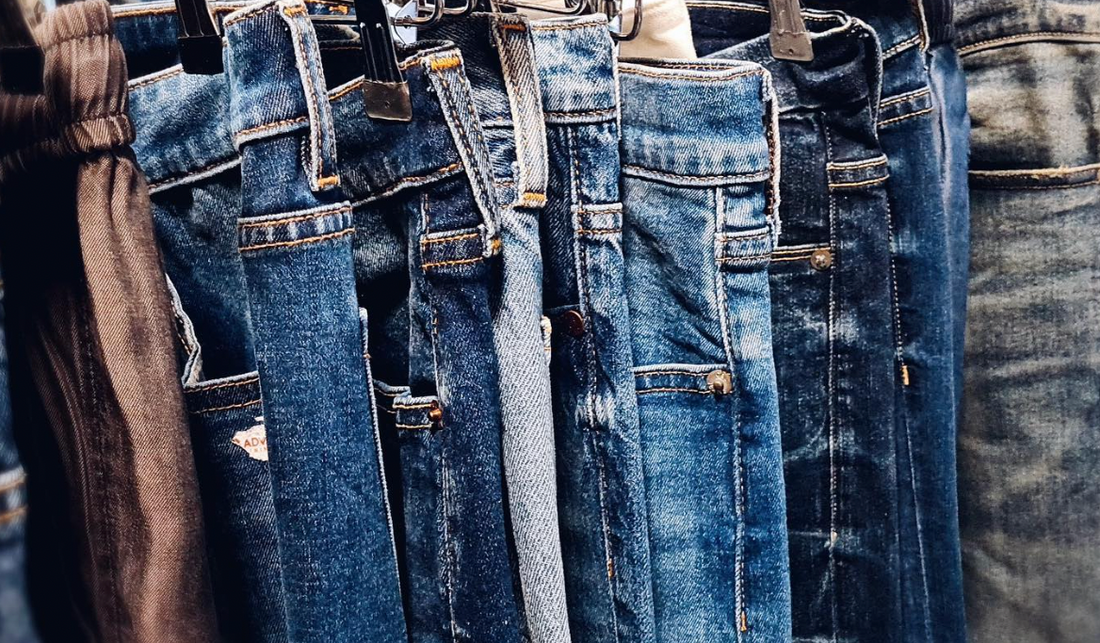
MATERIAL EXCHANGE
Once swept under the rug by the fashion industry, deadstock fabrics and their use in apparel and footwear lines are quickly growing in popularity. These excess materials have traditionally been stacked and forgotten on warehouse shelves – but they’re beginning to be seen as the solution for brands looking to reach new sustainability goals or add last-minute items to their collections, and for suppliers eager to showcase these materials and receive income on what otherwise goes to waste. Bridging the gap between these two groups has been the challenge – until now with the launch of Deadstock Depot by Material Exchange, a start-up transforming the way the fashion industry sources materials.
“The Deadstock Depot makes it easy for brands to find deadstock materials and take advantage of the many benefits they bring,” says Ben Felton, Material Exchange’s Chief Strategy Officer. “This includes lower cost, lower environmental impact, and faster speed to market. For suppliers, it’s also a big win, giving them an opportunity to get materials that are gathering dust in their warehouses back into circulation.”
The need for sustainable measures within the fashion industry is acute, as can be seen in some of the latest statistics:
- “Since the 2000s, fashion production has doubled and it will likely triple by 2050, according to the American Chemical Society”
- 92 million tonnes of unwanted fabrics are disposed of each year
- 14.5 million tons of textiles were landfilled and incinerated in 2018
More clothes are being made than ever before – and huge quantities of them are going to landfills or being burned. This is why the use of deadstock is so important. These leftover fabrics have already been produced so there’s no expenditure of water, energy, or virgin raw materials to create something new. And with the Deadstock Depot, they’re available and accessible on a global level for brands to use in creating their upcoming collections.
Suppliers who sign up for the Deadstock Depot benefit from having their deadstock fabrics digitised and marketed both online and at physical shows. Brands who are interested in sourcing deadstock can access everything they need within this marketplace: high-quality visuals of deadstock materials alongside detailed attribute data, Fabric Detail Sheets, Internal Test Reports, as well as the ability to order samples. 
Through the Deadstock Depot, we aim to reduce the quantity of materials that go to waste each year and help contribute to making fashion a more circular, sustainable industry. Brands benefit from sourcing materials at a lower cost and receiving their materials faster than when ordering new ones. Suppliers increase their revenue flows from what’s previously been a commodity to dispose of.
Using deadstock doesn’t solve all of fashion’s sustainability problems, but it’s a step in the right direction. We just need to make these fabrics available to the brands that want them. And that’s exactly what the Deadstock Depot is doing.
Read more about recycling and regenerating textiles in Selvedge issue 111: Make Do.
Text and images © Material Exchange
Find our more about Material Exchange:
material-exchange.com
@material_exchange
Find out more about Deadstock Depot:
brands.material-exchange.com/open-showroom/39428
